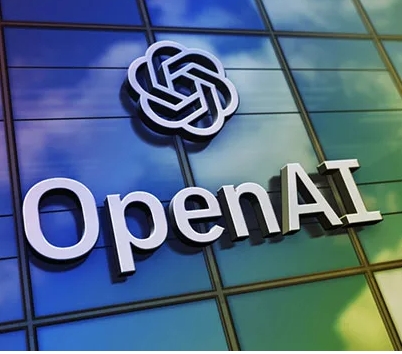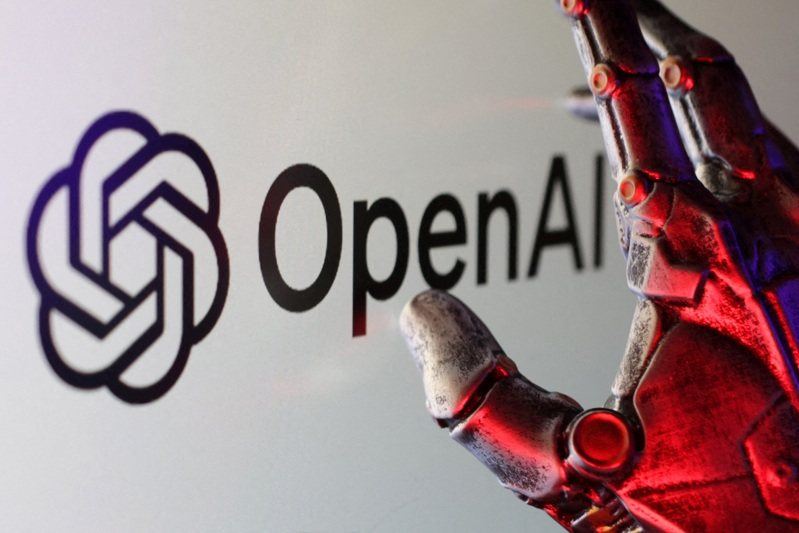BASE Tokenomics Proposal
Chainfeeds Guide:
BASE has entered a landscape where existing L2 tokens find it difficult to capture network value.
Source:
Author:
Outlier Ventures
Opinion:
Outlier Ventures: Layer 2 is currently facing a fundamental economic issue: the competitive pressure to maintain low transaction fees is undermining its revenue-generating capability. Take Base as an example—it has a TVL of $4.95 billions, 1 million daily active users, and $5.1 million in monthly transaction fees. However, its main revenue sources are constrained by its native connection to Coinbase, extremely low transaction fees (averaging just $0.02 per transaction), and deep integration with the broader EVM ecosystem. This proposal presents a solution for designing a token for Base, focusing on reducing reliance on transaction fees as the primary revenue source. By combining proven quote currency mechanisms and adaptive economics, it aims to create sustainable value for Coinbase, Base, and the BASE token. Traditional L2 token designs focus excessively on transaction fees and overlook the main drivers of successful crypto asset value. The value of ETH and SOL primarily comes from being locked as quote currencies in AMM pools, rather than from gas fees. This provides an opportunity for BASE to establish itself as the primary quote currency on whitelisted Base ecosystem DEXs, thereby driving token demand through real liquidity needs instead of relying on diminishing fee income. The BASE token grants holders governance rights through a locking mechanism. Users lock BASE tokens to obtain veBASE (vote-escrowed BASE), which allows them to govern the fee distribution algorithm. veBASE holders direct rewards to AMM pools that use BASE as a quote currency, with allocation ratios automatically adjusting based on network health metrics. The ecosystem’s growth directly increases demand for locked BASE. This system draws on the mature quote currency concept from Virtuals, while integrating an Aerodrome-style vote-escrow mechanism, but does not allocate liquidity pool fees to voters. A portion of sequencer revenue is used to sustainably incentivize voting decisions for BASE quote pools. Unlike static allocation, dynamic fee distribution responds in real time to network conditions via finely tuned machine learning algorithms, analyzing network utilization, DEX trading volume, and ecosystem growth metrics to determine incentive emissions. This will trigger liquidity competition similar to Curve Wars, where protocols accumulate BASE governance tokens to secure liquidity incentives. As the Base ecosystem expands, more protocols will require BASE liquidity, reducing circulating supply and creating natural demand pressure, while providing cross-protocol token swap opportunities and strengthening decentralized ecosystem ownership. Base can also leverage other ecosystem tokens to establish BASE quote liquidity pools, using trading fees generated from protocol-owned liquidity as a source of long-term sustainable revenue. BASE tokenization marks a fundamental transformation of the revenue model. Currently, Base keeps sequencer fees low due to competition, but tokenization immediately creates over $4 billions in value through strategic reserves, while alleviating the paradox between revenue and growth. A 20% strategic reserve ensures long-term alignment of interests between Coinbase and Base, and token emissions fund ecosystem growth without impacting the balance sheet, matching incentives offered by other L2s. Tokenization also enables Coinbase to provide institutional custody services for BASE holdings, generating recurring custody fees and positioning itself as the primary institutional gateway for BASE exposure. Through Coinbase One integration, users can receive BASE rewards, discounts, and platform privileges, reducing customer acquisition costs, increasing user stickiness, and boosting lifetime value. The allocation strategy balances Coinbase customers and Base on-chain ecosystem participants, achieving fair and Sybil-resistant distribution through a combination of Discord community roles and active user verification with BASE airdrops. The BASE token becomes an institutional-grade collateral connecting TradFi and DeFi, usable both for on-chain DeFi collateral and off-chain traditional credit collateral, forming a dual-collateral function. This provides a specially designed crypto token for the enterprise credit market, enabling traditional financial institutions to safely access crypto liquidity while maintaining regulatory compliance.
Source
Disclaimer: The content of this article solely reflects the author's opinion and does not represent the platform in any capacity. This article is not intended to serve as a reference for making investment decisions.
You may also like
OpenAI Ordered to Hand Over 20M ChatGPT Logs in NYT Copyright Case

Unprecedented "burn rate"! Wall Street estimates: Before turning profitable, OpenAI will have accumulated losses of $140 billion.
According to data cited by Deutsche Bank, OpenAI may accumulate losses exceeding 140 billions USD before reaching profitability, with computing power expenses far surpassing revenue expectations.

VIPBitget VIP Weekly Research Insights

Morning Brief | Ethereum completes Fusaka upgrade; Digital Asset raises $50 million; CZ's latest interview in Dubai
Overview of major market events on December 4.

